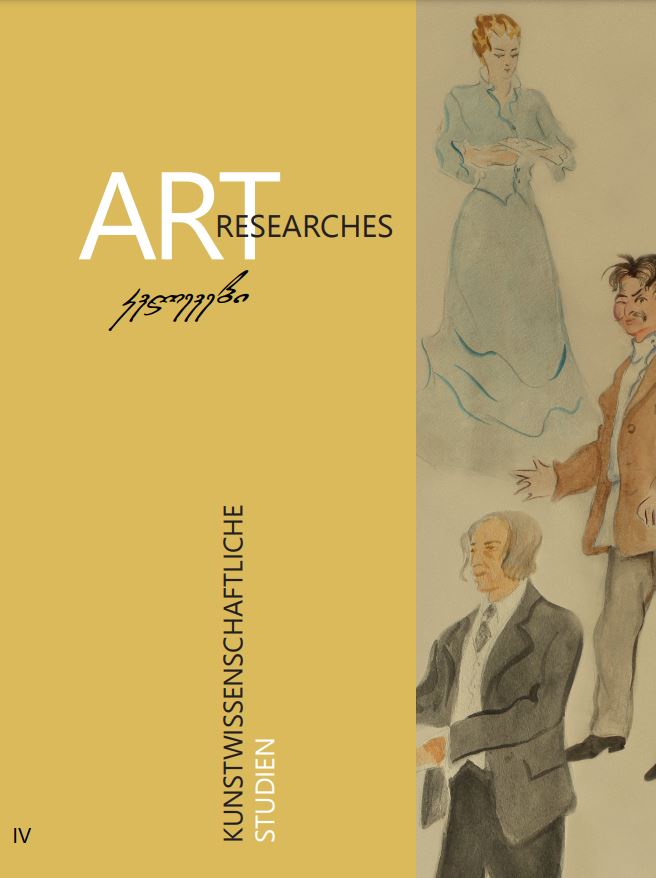სამოციანელების დიდი ილუზია
Main Article Content
ანოტაცია
The 60s of the 20th century united in Georgia several representatives of different generations - the comrades who had been through a lot, atheist parents, people who had suffered a hard life, those who had lost many of their ideals but still kept their faith in righteousness, and the children of these people – young people who, after the exposure of the personality cult, had perceived their own individuality, those who wanted to live a different and free life, but who were not fully aware of what the ideals of freedom meant.
The generation of the siXties allowed themselves a certain freedom in their choice of words, in their analytical view of events, but still maintained caution in their actions. Their natural doubt about the ideals sought a way out not in political freedom (one was not even allowed to dream of that at the time), but in the independence of expressing one’s own opinion.
The epoch of the siXties, which actually began in cinematic art in 1957 with Mikhail Kalatosov’s (Kalatosishvili) film “The Cranes Are Flying”, “ended” in 1968. Opposing feelings coexisted in the consciousness of society at that time: fear and joy, foreboding of a global danger and a sense of easily attainable happiness, the belief in survival. Soon these feelings and possibilities were configured quite clearly. It is true that on the screen of the 60s “the iron curtain” could no longer fulfil its original function, but therefore since 1968 the state began to erect new iron walls.
The new generation of filmmakers understood that the meaning of art is not in the declaration of modern norms, but in the never-ending process of cognition – in the search for the beautiful, in the recognition of the self-recognition of the free personality, in the shaping of individual perception. The motto – “Just like everyone else” – was unacceptable to the majority of filmmakers at that time, but the formation of one’s own position in life did not seem easy either. In his essay “Being and Time”, Martin Heidegger writes that no epoch demonstrates as much diverse knowledge about man/ the human being as the present epoch. No epoch gained knowledge or cognition about man/ the human being as quickly and easily as the present one. Man/ the human being himself was not so problematic in his consciousness in any epoch as in this one. It was not by chance that thinkers and artists felt the difficulties of thinking through one’s own “I”-this feeling was caused by the crisis situations of the epoch and by the identification of one’s own selfhood.
The Soviet Union – Union of Soviet Socialist Republics – a state that tried to assert the truth of utopian ideology, also fulfilled its socialist duty in the field of art at the end of the 1950s and the beginning of the 1960s. The unmasking of the personality cult, the person of N. S. Khrushchev, the triumph of J. Gagarin, the loosening of the “iron curtain” and the period of Thaw (Russian Ottepel), the promotion of the status of creative intellectuals, brought about new conditions in film as well. The social order presented was taken up by filmmakers of all generations. The splinter of the monolithic myth had reached everyone, even those whose talent had served agitational propaganda for years. Not all of them were successful as authors, but the pathos of the new era, which corresponded to the new anti-totalitarian social ideology, quickly emerged, equal to the old one. The new post-totalitarian space of existential film was created.
